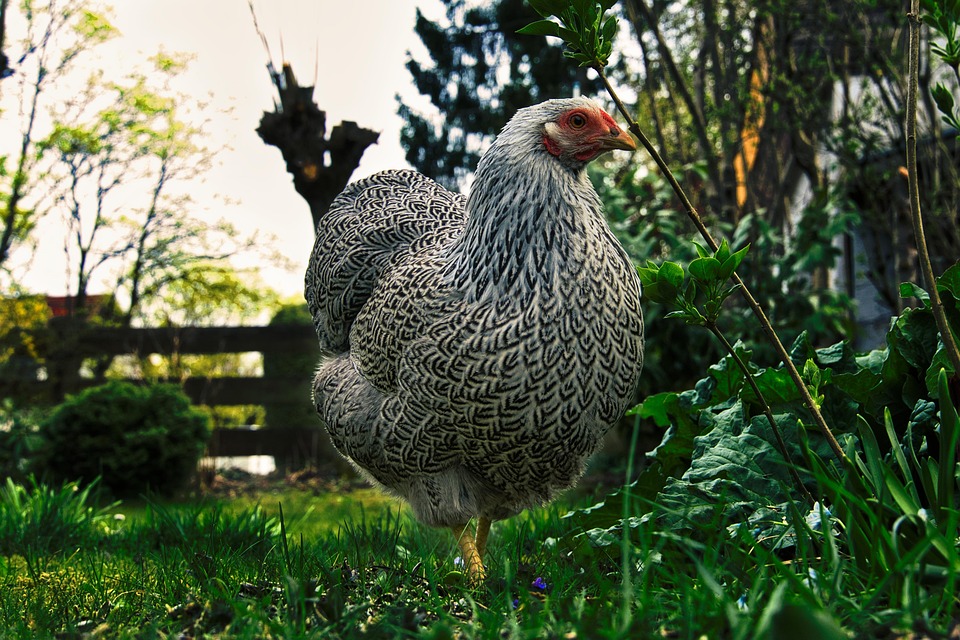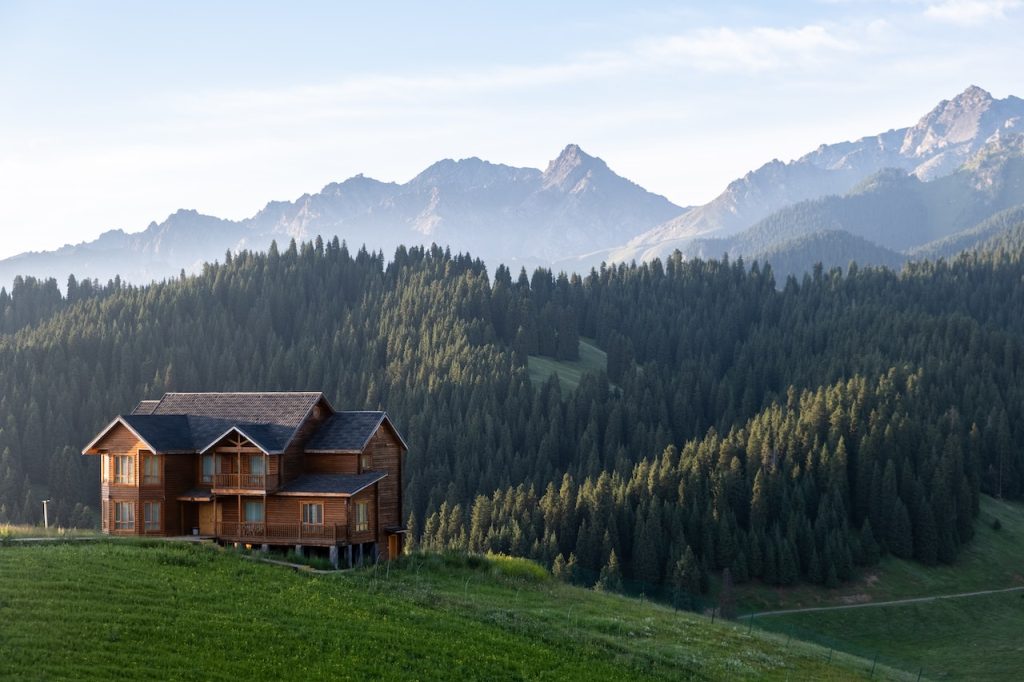# Permaculture Principles: Designing a Garden that Nurtures Nature
Picture this: the sun is breaking over the horizon, casting a golden hue on dew-kissed leaves. Birds chirp overhead while you wander through a garden bursting with life, where every inch is a celebration of nature’s abundance. This isn’t just any garden; it’s a permaculture paradise, a harmonious ecosystem designed to work with nature rather than against it. In this world of sustainable farming and gardening, the principles of permaculture come alive, transforming ordinary plots into thriving, self-sustaining havens. Today, let’s explore how to design a garden that not only nourishes you but nurtures the very essence of life around it.
## Understanding Permaculture: A Brief Overview
Permaculture, a term coined in the 1970s by Bill Mollison and David Holmgren, combines “permanent” and “agriculture” to create a holistic approach to land use. It’s about developing a sustainable, self-sufficient ecosystem that incorporates the principles of ecology. By mimicking natural processes, we can cultivate a garden that produces food while enhancing biodiversity, building soil health, and conserving resources.
So, how do we engage with these principles to create our own slice of paradise? Here’s a roadmap that will guide us through the intricate dance of design and nurture.
## The 12 Principles of Permaculture
1. **Observe and Interact**: The first principle emphasizes the importance of observation. Spend time in your space, note the sun’s path, prevailing winds, and the wildlife that visits. These observations will help shape your design.
2. **Catch and Store Energy**: Utilize sunlight, wind, and rainwater. Collect rainwater in barrels and create sun traps to maximize energy absorption, ensuring your garden thrives even in dry spells.
3. **Obtain a Yield**: Permaculture isn’t just about nature; it’s about producing food, herbs, and medicines. Design your garden to provide consistent yields throughout the seasons—from spring greens to autumn squash and winter greens.
4. **Apply Self-Regulation and Accept Feedback**: Nature is dynamic, and our gardens should reflect that. Keep a gardening journal to track successes and challenges. Adapt your methods based on what works.
5. **Use and Value Renewables**: Incorporate renewable resources, like compost from kitchen scraps, and use native plants that require less water and care.
6. **Produce No Waste**: Recycling is at the core of permaculture. In your garden, every plant has a purpose. Use fallen leaves as mulch, kitchen scrapes for compost, and let nature take care of the rest.
7. **Design from Patterns to Details**: Recognize the broader patterns in nature—such as water flow and companion planting—before diving into planting specifics. This big-picture thinking ensures your garden functions as a cohesive ecosystem.
8. **Integrate Rather Than Segregate**: Different plants can benefit each other. For instance, pairing tomatoes with basil can boost growth and flavor. Create guilds—groups of plants that thrive together—to maximize space and yield.
9. **Use Small, Slow Solutions**: Design your garden for long-term resilience. Start small, focus on perennial plants, and allow your ecosystem to grow and evolve over time.
10. **Value Diversity**: Biodiversity is essential for a thriving garden. Include a mix of plants, insects, and animals to create a balanced ecosystem that resists pests and diseases.
11. **Use Edges and Value the Marginal**: The edges in your garden—where different habitats meet—are often the most productive areas. Embrace the margins by planting a variety of species that can thrive in these zones.
12. **Creatively Use and Respond to Change**: Flexibility is key in permaculture. As your garden grows and evolves, be open to change and innovation, making enhancements based on new insights.
## Designing Your Pollinator-Friendly Garden
One of the most magical aspects of permaculture is its ability to attract and sustain the local flora and fauna. Here are some tips for creating a pollinator-friendly haven:
### **1. Go Native**
Native plants are adapted to your local ecosystem, requiring less water and maintenance. They attract local pollinators, making them essential for biodiversity.
### **2. Create Layers**
Design your garden with vertical layers—tall plants, shrubs, and ground cover—providing habitat for different species. Pollinator hotels—small structures made from natural materials—can offer shelter.
### **3. Plant Continuously Blooming Flowers**
Ensure that there’s always something blooming throughout the seasons. This variety draws a wider range of pollinators and keeps your garden colorful and lively.
### **4. Incorporate Water Features**
A small pond, birdbath, or even a rain garden can provide essential water sources for both plants and pollinators.
### **5. Keep it Chemical-Free**
Avoid pesticides and fertilizers that can harm beneficial insects. Instead, lean into organic solutions and companion planting to ward off pests.
## Embracing Companion Planting
Companion planting is a cornerstone of permaculture. This practice involves planting different crops together for mutual benefits. Here are a few dynamic duos to consider:
– **Tomato and Basil**: Not only do they enhance each other’s flavors, but basil can also deter pests from the tomato plants.
– **Carrots and Onions**: Onions keep carrot flies at bay, while carrots’ feathery tops can shield onions from sun exposure.
– **Corn, Beans, and Squash**: Known as the Three Sisters, these plants support each other; corn provides a stalk for the beans to climb, beans fix nitrogen in the soil, and squash spreads out to inhibit weeds.
## Pro Tips for Your Permaculture Garden
1. **Start Small**: It’s tempting to go all-in but begin with a smaller section and expand as you learn. This way, you can better observe and manage your ecosystem.
2. **Keep It Diverse**: Mix annuals and perennials to ensure a year-round harvest while promoting soil health.
3. **Mulch**: Use organic mulch to conserve moisture, suppress weeds, and improve soil fertility.
4. **Brown and Green Ratio**: When composting, aim for a mix of “browns” (carbon-rich materials) and “greens” (nitrogen-rich materials) for a productive pile.
5. **Celebrate Imperfections**: Nature isn’t perfect, and neither is your garden. Embrace the quirks and learn from them!
## Final Thoughts
Designing a garden that nurtures nature is a journey brimming with joy, learning, and connection. With the principles of permaculture guiding us, we can create not just a garden, but a thriving ecosystem that feeds our bodies and souls. Imagine sipping tea made from herbs grown right outside your door, or picking fresh tomatoes for dinner while pollinators happily dance around your blooms. It’s a beautiful reality waiting to unfold, one plant at a time.
So roll up your sleeves, grab your gardening gloves, and let nature be your guide. Your permaculture paradise is just around the corner!



